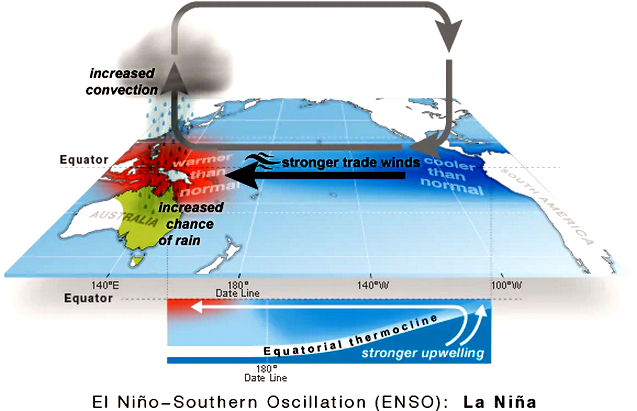
|
The statement promises the academies’ independent voice and convening power, which harnesses the collective expertise and resources of nearly 3,500 Fellows across the academies, to provide insights, solutions and knowledge.
[The presidents] recognise that our Academies’ collective expertise and leadership is critical to addressing the widespread and intergenerational impacts of climate change.

|
|
Photo:Gustavo Fring via
Pexels. |
“[The presidents] recognise that our Academies’ collective expertise and leadership is critical to addressing the widespread and intergenerational impacts of climate change.
"At COP26 in Glasgow, world leaders convened with a singular goal – to drive deep and rapid decarbonisation to limit global warming to 1.5 degrees Celsius.
"There is no realistic path to decarbonisation without ending fossil fuel use.
"In response, every sector in Australia must deliver on our commitments to reach the global goals stated in the 2015 Paris Agreement.
“The challenges presented by climate change require smart, holistic and cross-disciplinary thinking. We need to continue developing and communicating research to challenge misinformation with robust evidence and steward an economy-wide transition to a low carbon future.
"Our academies will work to ensure our experts are at the forefront, providing advice to guide the most efficient, fair and cost-effective policy mechanisms that drive reductions in greenhouse gas emissions and broader adaptation.
“Strategies will aim to exceed our emission reduction targets while effectively managing social, economic, health and environmental factors and empowering governments and industry to take action. We are also committed to substantially reducing the emissions of our own academy activities.”
Work underway
Learned academies and ACOLA are already undertaking valuable work towards net-zero, including:
- identification of research priorities to support Australia’s energy transition
- a major report on the risks to Australia of 3 Degrees of global warming, and a climate change hub to highlight work on climate science and solutions
- a clear position on the need for greater action this decade using current renewable technologies, accompanied by a series of explainers and webinars to demystify net zero technology and Australia’s commitments to achieving emissions reduction
- a symposium to showcase ideas from established and emerging scholars whose work will help manage the social and cultural dimensions of the climate crisis
- a discussion paper and statement on the benefits of market-based mechanisms and carbon pricing to meet our national emission reduction commitments most cost-effectively
- a forthcoming report exploring the complex interplay between climate change and health and the role of the health and medical research sector
- leading a process to consolidate and extend a broader agenda of proactive and productive reform of climate adaptation with a Future Earth Just Adaptation Strategy for release in early 2022
The statement is signed by the presidents of Australia’s learned academies:
- Professor John Shine AC PresAA – ACOLA Board Chair and President, Australian Academy of Science
- Professor Hugh Bradlow FTSE – President, Australian Academy of Technology and Engineering
- Professor Jane Hall FASSA – President, Academy of the Social Sciences in Australia
- Professor Lesley Head FASSA FAHA – President, Australian Academy of the Humanities
- Professor Ingrid Scheffer AO FAA PresAHMS FRS – President, Australian Academy of Health and Medical Sciences














